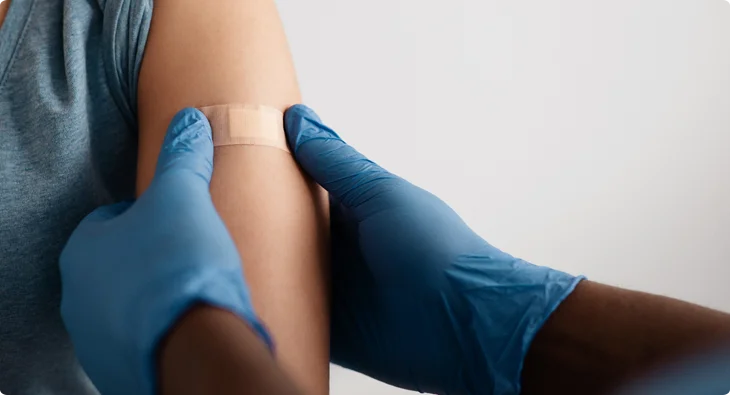How Multiplexing Can Support Vaccine Development
xMAP® Technology supported the development of HPV vaccines, continues to provide key results in after-market studies
Vaccine development is traditionally a complex and lengthy process. It requires a clear and in-depth understanding of the variants of a given disease-causing organism and their modes of pathogenesis, as well as the antigens they express. Successful efforts require a high-quality assay to detect all relevant variants in a timely manner in order to understand immunogenicity, among other critical factors.
It’s no secret that conventional enzyme-linked immunosorbent assays (ELISAs) are time and labor-intensive. For vaccine development, ELISAs simply cannot provide the throughput needed. Thankfully, xMAP® bead-based multiplexing technology offers a flexible and customizable platform to support both gene and protein expression assays. And unlike traditional technologies that can only measure one or a few biomarkers, researchers have the ability to easily scale the number of biomarkers measured—from 1 to 500 analytes—and the ability to customize assays for genotyping, protein expression profiling, gene expression profiling, and more.
Supporting vaccine development when and how it’s needed
A noteworthy example of how scientists have used xMAP Technology in vaccine development comes from the development of human papilloma virus (HPV) vaccines. More than a dozen HPV genotypes are associated with cervical cancer, necessitating a highly robust multiplex assay for the vaccine development process.
Two of the three globally licensed HPV vaccines—Gardasil®, a quadrivalent vaccine (4vHPV), and Gardasil® 9, a 9-valent (9vHPV) vaccine, both from Merck & Co—were developed with the support of xMAP-based assays. xMAP Technology enabled the measurement of type-specific antibodies to several HPV genotypes simultaneously, and have been collectively used to measure titers in thousands of individuals.
This technology has powered development of the initial vaccines from virus-like particles, facilitated clinical trials, assisted in immunobridging studies, and provided insight into the vaccines’ long-term effects through immunogenicity and epidemiological studies. xMAP-based assays have also been used for drug registration, market release, and post-marketing surveillance.
In these two white papers, we explore the development efforts for both the Gardasil® and Gardasil® 9 vaccines. To learn more about the specific xMAP assays used for Gardasil® development, including how they were used in large studies, how they supported targeted studies of special populations, and more, check out these great resources:
- The Development of HPV Vaccines and the Contributions of Luminex xMAP Technology (2021)
- The Role of Multiplexed Assays in Vaccine Development (2016)
Although the vaccines have long since been approved, xMAP multiplex assays continue to power studies examining long-term vaccine safety and efficacy, along with the worldwide impact of vaccination against HPV-related diseases. To learn more about how xMAP Technology can be used for vaccine development and more, check out the xMAP Cookbook!

For Research Use Only. Not for use in diagnostic procedures.

